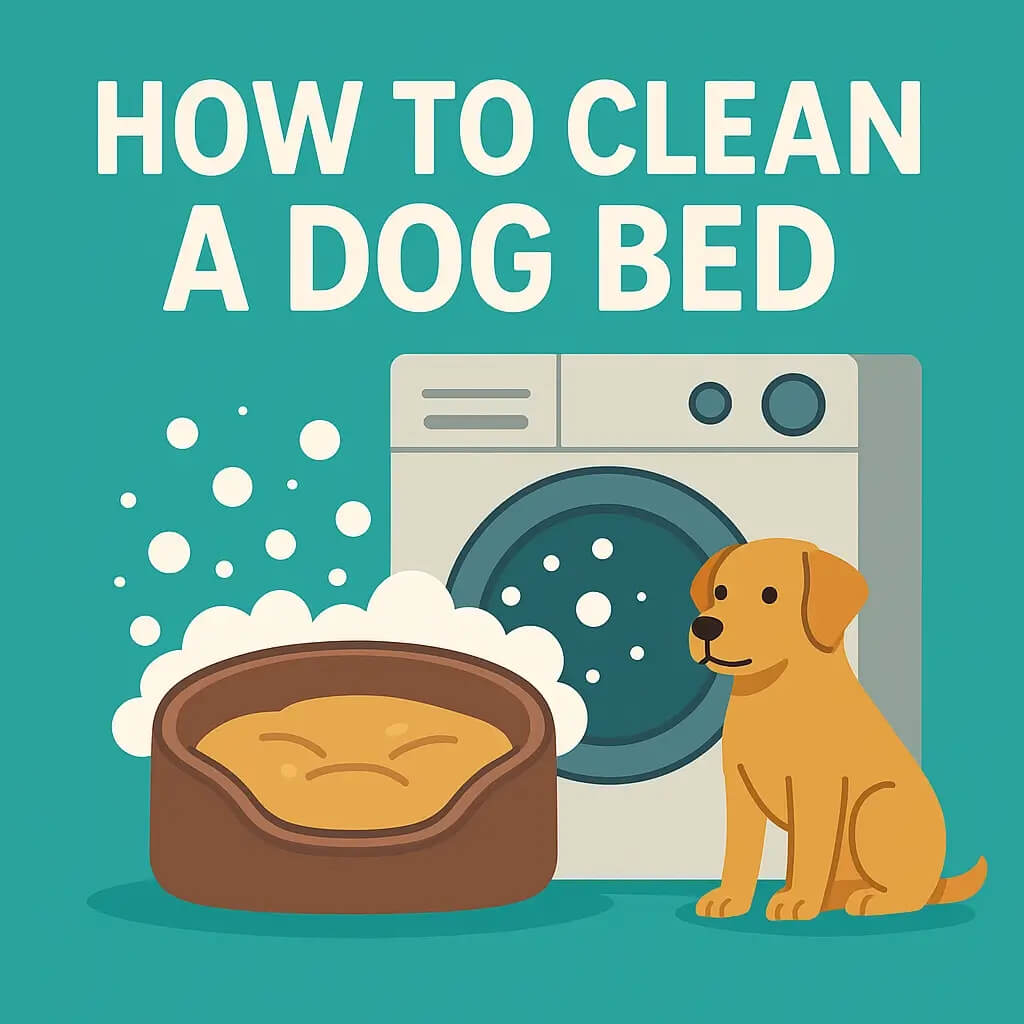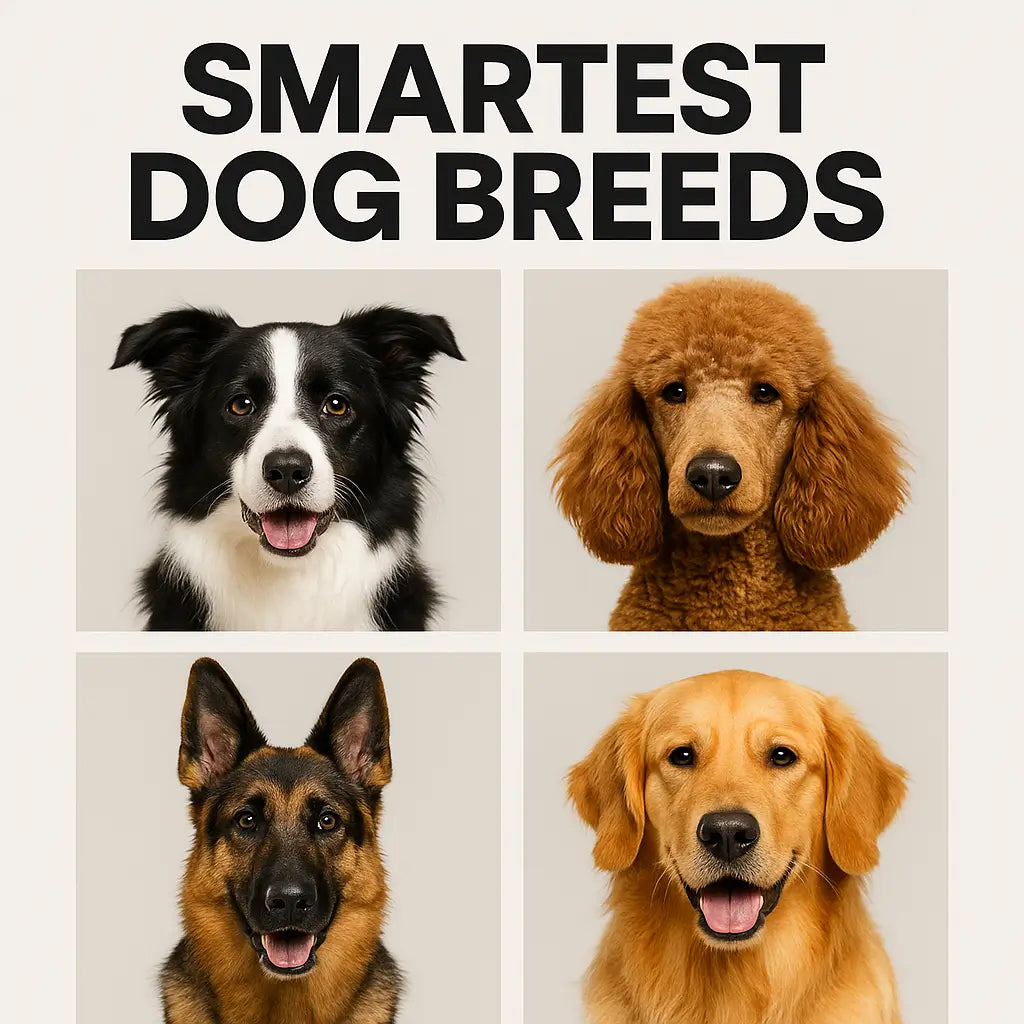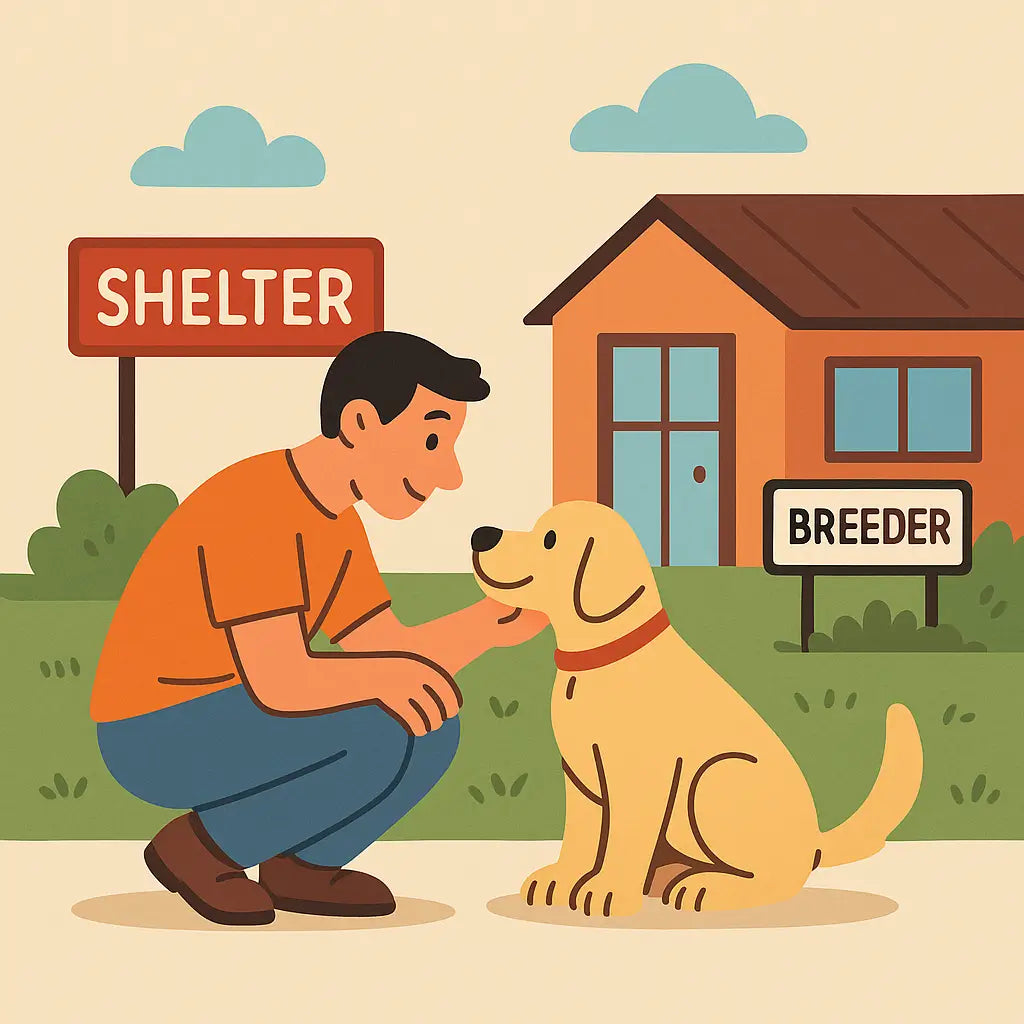Small dog breeds pack huge personality into a small size. They fit city dwellers and apartment life, yet still need daily movement, play, and consistent training. Many toy breeds were originally bred as lap dogs or companions, while others, like terriers, hunted small mammals. When picking a dog breed, think about lifestyle first: time for walks, energy in your home, kids, cats, and other pets. The American Veterinary Medical Association explains how your living space, schedule, and budget should guide your choice; it also notes that a dog’s size affects lifespan (small dogs tend to live longer).
A second factor is health and genetics. A UC Davis study found many breeds are highly inbred, which can raise disease risk; smaller dogs with lower inbreeding fared better than large, highly inbred dogs.
Why Many People Pick a Small Dog
Longevity & love. Small dogs often live longer, giving families more years with a loyal, affectionate pup. The AVMA notes the lifespan of a large-breed dog tends to be shorter than that of a smaller dog, which is one reason people choose little dogs that stay small in adulthood.
Home fit. For apartment life or compact homes, toy breeds and mini breeds are easier to house. A Cavalier King Charles Spaniel (often called “cavalier king” or “charles spaniel”) is gentle and has an affectionate temperament. A Boston Terrier is playful and adapts well to other dogs and cats. Italian Greyhounds are elegant, with big personalities and expressive eyes. These small dogs can be great family dogs when given daily walks and mental games.
Daily routine. Even lap dogs need activity. Plan at least an hour spread across the day for short walks, training, and play. Smart, curious pups like the Toy Poodle, Miniature Poodle, and Cocker Spaniel shine with puzzle toys and simple dog sports like rally or trick titles.
Potential Downsides and Health Considerations
Teeth first. Dental disease is the #1 issue I see with toy breeds. A large U.S. study by Waltham Petcare Science Institute (3+ million vet records) found extra-small dogs were up to five times more likely to have periodontal disease than giant breeds. Learn more: Small dog breeds at highest risk for dental disease. The American Kennel Club (AKC) explains why: toy dogs have big teeth in tiny jaws, causing crowded, tartar-prone mouths; routine brushing and pro cleanings are essential.
Fear and barking. Companion and toy lineages show more social and non-social fear, which can look like yapping at strangers or new sights. This is manageable with early socialization and calm, consistent training.
Genetics matter. UC Davis researchers highlight how inbreeding raises health risks across breeds.
Heart health and aging. New research from Arizona State University linked breed size with different aging paths: large dogs age faster; small dogs show different risks, including heart disease. See: ASU news on dog DNA and aging.
How to Choose the Right Small Breed
Start with your day. If you want a calm couch companion, consider a Cavalier King Charles Spaniel, Maltese (a silky-coat lap dog and often promoted as a hypoallergenic dog), or Japanese Chin (a toy dog breed with a long history linked to East Asia and ancient China). If you like brisk walks and playful training, a Miniature Pinscher (“min pin”), Toy Poodle, or Italian Greyhound may fit. For bold watchdog vibes, look at the Brussels Griffon (sassy personalities and big personalities) or Yorkshire Terrier; the Biewer Terrier is a close cousin with a silky hair pattern.
Energy & enrichment. Smart, energetic pups (poodles, min pins) need daily brain work. Plan short sessions of consistent training and enrichment games. Even adorable pups like the Chihuahua do best with structure around visitors and strangers.
Health & grooming. Chinese Crested (some lines have hairless bodies) needs skin care; long-coat breeds like Maltese or Yorkie need routine combing to keep a silky coat. Ask your vet about breed-specific screens and dental plans.
Match the Dog to Your Lifestyle
Time budget. Most small dogs need at least an hour of combined activity daily. Break it up: two short walks, 10 minutes of training, and fetch or scent games in the house. Toy breeds tire fast but bounce back quickly, so short bursts work well.
Home & family fit. In apartments, keep to a routine to limit barking. For households with kids or cats, look for gentle, people-pleasing temperaments (Cavalier King Charles Spaniel, Cocker Spaniel, Toy Poodle). If you attend dog shows or enjoy dog sports, Miniature Poodles and Toy Poodles are intelligent and trainable. For excellent watchdogs with alert personality, consider Miniature Pinschers or Brussels Griffons (with consistent training).
Caring for Your Small Dog
Small dogs live long, happy lives when you build a routine around teeth, weight, and checkups. Start with dental care. A large U.S. study of 3+ million vet records found extra-small dogs were up to five times more likely to develop periodontal disease than giant breeds. Brush daily and schedule pro cleanings; details: Waltham Petcare study. Pair this with the AKC’s advice on toy mouths (crowded teeth in tiny jaws) and why anesthesia-free cleanings don’t solve under-gum disease: AKC dental guidance.
Keep weight in check with measured meals and short, frequent walks. For seniors, plan wellness exams and talk to your vet about breed-specific screens (for example, heart checks in Cavaliers).
Training & Socialization: Calm, Confident Little Dogs
Even lap dogs need consistent training and early social time. Small breeds can show more fear of strangers or new places, which can look like barking or lunging. That pattern tracks with lineage data.
Keep sessions short (5–10 minutes) and fun. Teach “sit,” “stay,” and “go to mat” to help a curious Chihuahua settle when guests arrive. Reward calm greetings with people, cats, and other dogs. For energetic minds like Toy Poodle or Miniature Poodle, add puzzle feeders and beginner dog sports (tricks, rally); they are smart, playful, and love jobs. Confident habits at home lower barking in hallways—great for apartment life and city dwellers.
Safety & Daily Management for Little Dogs
Small size changes daily safety. Use a harness instead of a collar for fragile necks, especially for Italian Greyhounds, Japanese Chin, or Chinese Crested (some lines have hairless bodies and sensitive skin). Set up a “safe zone” bed so kids and other pets know when to give space. Because little dogs chill faster in winter and overheat faster in summer, keep a sweater and water handy on walks.
All dogs—tiny or not—need routine outdoor breaks and movement. The AVMA reminds owners that, regardless of size, dogs must have regular access to the outdoors for elimination and exercise.
For travel and dog shows, use a well-ventilated carrier and practice calm loading. For watchdog types (Miniature Pinschers/min pin, Brussels Griffon), add quiet “place” training to reduce door barking while keeping them excellent watchdogs.
Mini Breed Picks
-
Cavalier King Charles Spaniel (Charles Spaniel) – Gentle, affectionate temperament, fits families and other dogs. Needs daily brushing for a long coat; known for expressive eyes and loyalty. Good for first-time owners.
-
Boston Terrier – Cheerful “American Gentleman.” Short coat, easy care, great in small homes. Short play bursts, then couch time.
-
Yorkshire Terrier/Biewer Terrier – Silky coat/silky hair and huge personality. Needs brushing and regular trims. Great travel size, but training matters.
-
Toy Poodle / Miniature Poodle – Intelligent, energetic, and highly trainable. Excel in tricks and beginner dog sports; many people seek them as a hypoallergenic dog option.
-
Italian Greyhound – Light, graceful, low-shedding. Loves soft beds and sun. Watch for chills; use sweaters for winter walks.
-
Japanese Chin – Ancient China companion with a long history as a palace toy dog; delicate and cat-like.
-
Chinese Crested – “Hairless” and “Powderpuff” varieties; skin or coat care is a must.
-
Brussels Griffon – “Human-like” face, sassy personalities, big personalities in a tiny frame; thrive with training and attention.
FAQs
What is the best small breed dog to own?
The “best” match fits your day. Want calm lap dogs? Try Cavalier King Charles Spaniel or Maltese. Want smart, trainable partners for tricks? Pick a Toy Poodle or Miniature Poodle.
What is the #1 smallest dog breed?
Among the tiniest is the Chihuahua—a classic toy dog breed with a huge personality in a miniature frame. Look for gentle handling, early socialization, and a strong dental plan.
Is there a dog breed that stays small?
Yes—toy breeds and many companion lines are bred to remain small size as adults (examples above). Be sure to buy or adopt responsibly to avoid extreme inbreeding.
What is the calmest small dog to get?
“Calm” depends on genetics and training. Many families choose Cavalier King (Cavalier King Charles Spaniel) or Maltese for gentle, affectionate temperaments.












